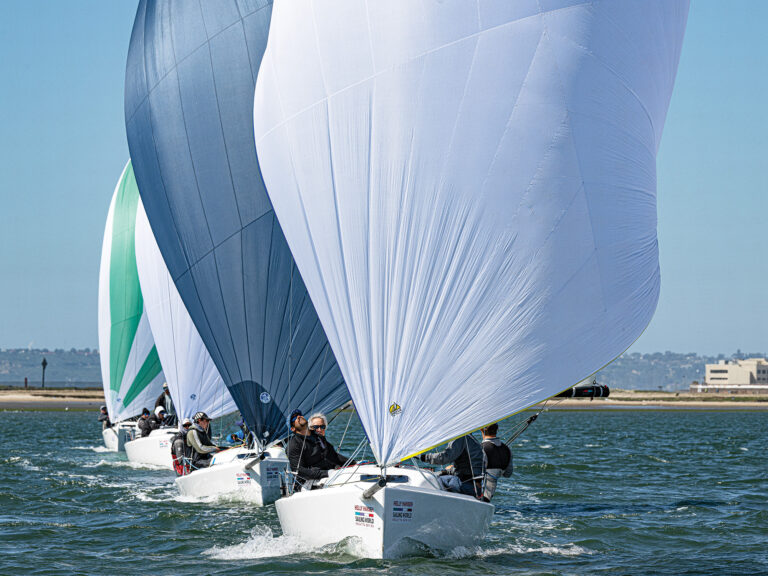On a foggy morning, it’s hard to tell when the day will brighten and visibility will improve. It happens almost imperceptibly at first, but suddenly you realize there’s more light and a touch of the sun’s warmth in the breeze. That’s what’s happening right now in our offshore racing scene, and while we’re not sure exactly how the waterfront will appear, the fog is about to burn off. In April, in a hotel ballroom, US SAILING’s board of directors passed two key motions, one stating that US SAILING would support sailors in obtaining measurements and rating certificates for any handicapping rule for which there is sufficient interest. The second resolution, which clears the way for the first, passed control of the development and marketing of US SAILING’s Americap Rule to an independent group, the Offshore Racing Association. These are welcome developments because they complete a shift in big-boat racing begun with the Transpac 52 rule and accelerated by US-IRC’s push for IRC racing. Clubs, guided by racers, have reasserted their right to determine the kind of playing field and type of game they want to play. The change also aligns US SAILING policy with what its ratings office is already doing: Besides issuing Americap and IMS certificates, the office is handling a rising tide of IRC applications for regional events in areas such as San Francisco, Detroit, and New England. At press time, it had trained 80 measurers and had 248 certificates in the works. At the same time, the new policy lets other groups, such as the Offshore Racing Association, take different paths. With support from the Transpac YC, Chicago YC, and Cruising Club of America, the newly formed ORA is committed to the idea that rating sailboats using velocity prediction programs based in science is, for many events, a better way to race, than using IRC or other single-number systems. Led by Jim Teeters as technical chair and several other designers and sailmakers-and with R&D assistance from the recently incorporated Sailing Yacht Research Foundation- ORA is rapidly developing Americap and, in 2006, its successor, the Offshore Racing Rule. This summer, TYC and CYC will use versions of Americap in the Transpac and the Chicago-Mac, respectively, as will the Marion-Bermuda organizers for their cruising race. In truth, there’s still plenty of fog when it comes to mid-level rule development, but the good news is that there is development. IRC is on its way to creating a new intermediate level of racing in the Northeast, some of the Great Lakes, and San Francisco. More serious races in those areas will be using IRC; less serious will use PHRF. The risk to this fledgling development comes at its top end. To avoid havingregional IRC racing torn up by high-spending, all-pro teams, more Transpac-52-type, grand-prix action is needed. Here again, there’s a shift in the mists. The Storm Trysail Club has announced a new STC 65 box-rule class-a more offshore-friendly big brother to the TP 52. And the ORC (the international group that runs IMS) is drafting box rules for grand-prix racing at 42, 33, and 26 feet LOA. We’re even starting to see some Mini 6.50 (21-foot) boats produced in the United States. Some of these classes may never get started, but those that do will create an exciting game for design-oriented racers, reduce the pressure on mid-level rules, and disperse a bit more of the fog surrounding amateur big-boat racing. Rating-Rule Resources www.ussailing.org/offshore-working with several rules www.us-irc.org-U.S. home of IRC www.stormtry.org-Storm Trysail Club 65 box rule www.orc.org-three new Grand Prix Level box rules www.offshorerace.org-Americap/Offshore Racing Rule









